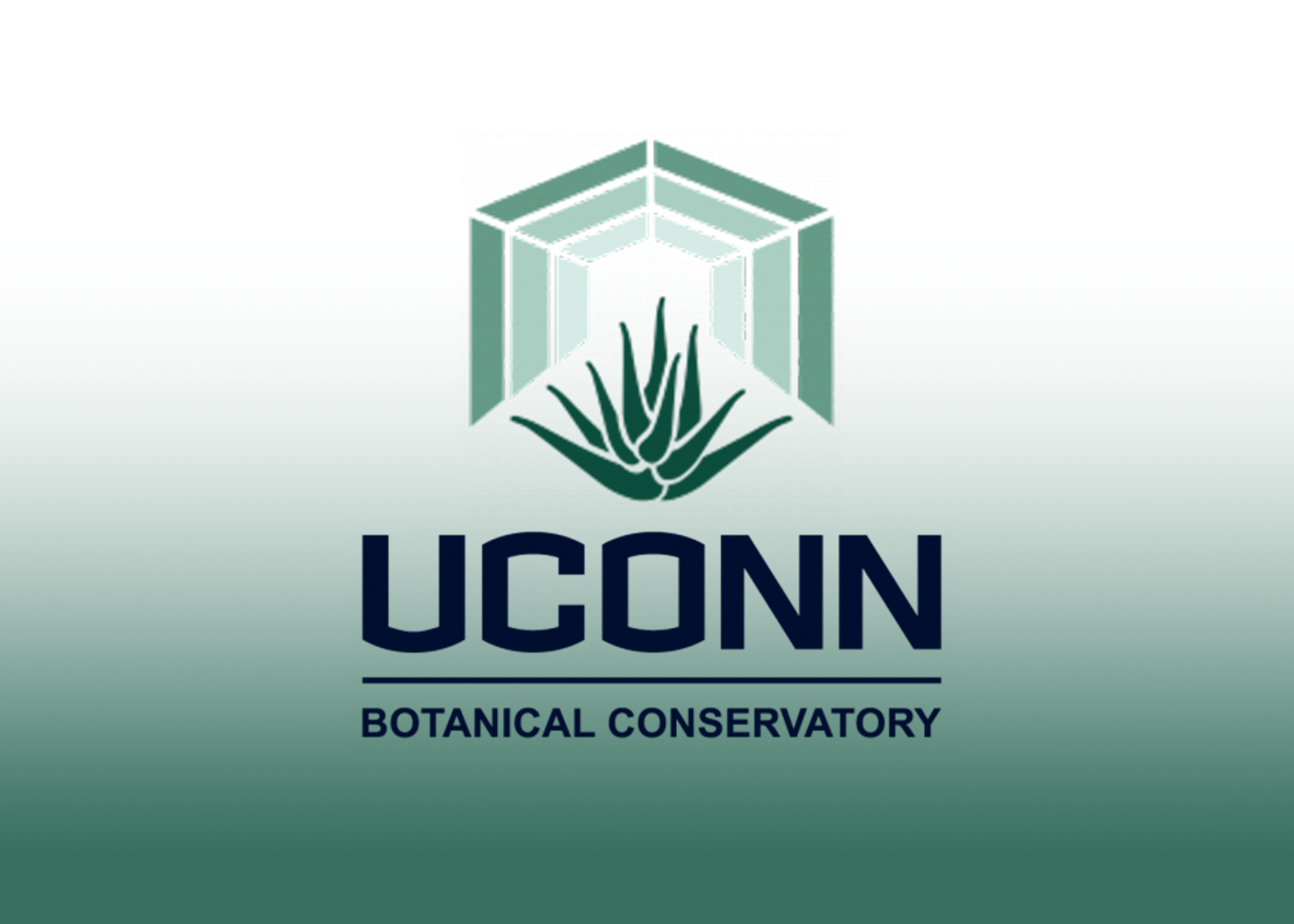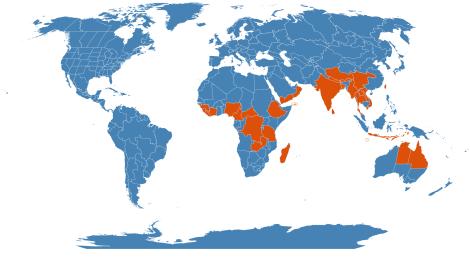Accession Data
Remusatia vivipara
Common Name: Hitchhiker Elephant Ear
Family: Araceae
Synonym(s): Caladium viviparum Lodd.
Country of Origin: Trop. & Subtrop. Old World
Description: Tuberous aroid from which arises leaves and simple upright stems bearing scale- leaves in the axils of which are bulbils covered with hooked cataphylls, which serve to disperse them when mature.
Tuber depressed globose, 2-4 x 3.5-5 cm; stolons erect, simple, stout; bulbils ellipsoid, 0.5-2.5 mm, stout; bristles to 1.5 mm, stout. Cataphylls 4 or more, brownish, broad, concealing peduncle, ca. 15 x 3 cm. Petiole 19-42 cm, proximal 1/4 sheathing; leaf blade glossy on both sides, pale green abaxially, green adaxially, oblong-ovate or lanceolate, 11-33 x 7-19.5 cm, sinus 1.5-3 cm; intramarginal vein indistinct. Flowering before leaves develop. Peduncle 6-12 cm. Spathe tube green outside, 3-5 x 1.3-2 cm; limb initially erect, later reflexed, yellow inside, obovate, 5.3-11.5 x 2.5-9 cm, narrowed to base, apex acute, apiculate. Spadix: female zone 1.7-2 cm x 7-9 mm, with 3 or 4 whorls of sterile ovaries at apex and 1 or 2 whorls at base; sterile zone 1.1-2.5 cm, slender, tapering distally; male zone yellowish, clavate, cylindric, 1.5-2.2 cm x 4-7 mm. Fl. Apr-Sep. 2n = 28, 42.3
Uses: The tubers are poisonous. They are used externally to treat mastitis, traumatic injuries, abscesses, and swellings.3
Accession Data
USDA Zone: 7b-11
Accession #: 200000044
Accession Date: 2000-07-07 00:00:00
Bloom Status: 🪴 Not Flowering
Location: 1204
Quantity: 3
Source: Brian Williams
Culture: Keep from freezing, but give a dry dormancy in the winter months. Will grow potted, but in its natural state is epiphytic in tree branch detritus.
Classification
Division: Magnoliophyta
Class: Liliopsida
Subclass: monocots
Order: Alismatales
Family: Araceae
SubFamily: Aroideae
Tribe: Colocasieae
References
- The Plant List (2013). Version 1.1. Last accessed on Sunday, March 10, 2019.
- WCSP (2016). World Checklist of Selected Plant Families. Facilitated by the Royal Botanic Gardens, Kew. Last accessed on Sunday, March 10, 2019.
- Remusatia vivipara at Flora of China. Last accessed on Sunday, March 10, 2019.
- Remusatia vivipara at Wikipedia. Last accessed on Sunday, March 10, 2019.
Images

